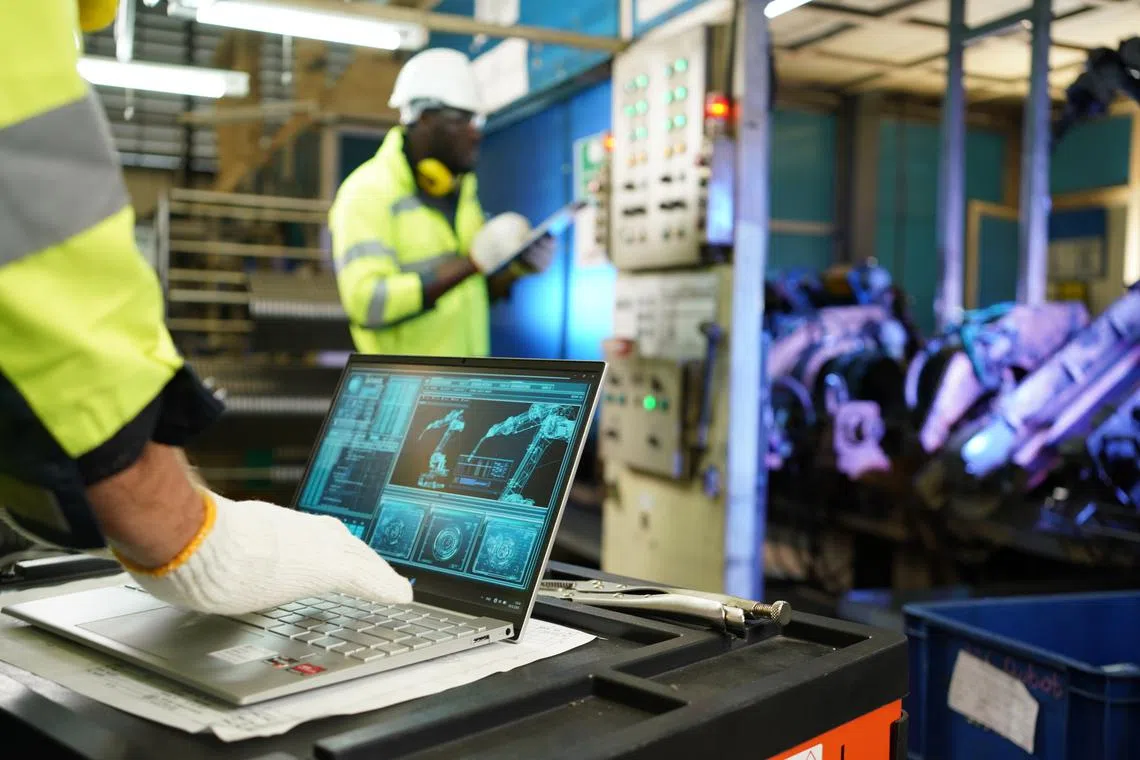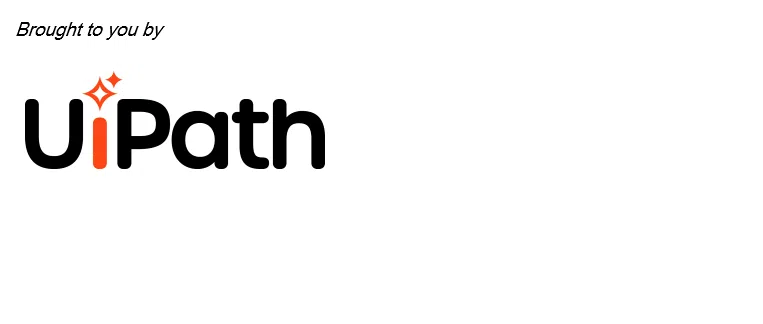Humans in control, AI at work: Building agents that deliver real business value
The UiPath Platform for agentic automation helps organisations get past adoption barriers by orchestrating people, processes and technology into a single, trusted framework
TO GET ahead of the competition, many businesses are looking to embed artificial intelligence (AI) across their operations, including exploring agentic AI or AI agents.
AI agents are designed to take on tasks with minimum human intervention, helping teams make faster decisions, resolve issues proactively and deliver more value at scale.
In South-east Asia, around 42 per cent of organisations already use some form of AI agents, with close to 44 per cent planning to implement them within the next year, according to a new International Data Corporation report titled Agentic Automation: Unlocking Seamless Orchestration for the Modern Enterprise.
Nearly three-quarters say the technology has already improved their productivity.
Today, virtual robots are performing repetitive, deterministic tasks, such as retrieving text from images or documents at a bank or scheduling patients at a hospital.
IHH Healthcare Singapore, the country’s largest private healthcare provider, runs 20 automation processes daily on the UiPath automation platform to streamline operations.
For example, if a staff member forgets their password for the operating theatre system in the middle of the night, they can simply engage a chatbot to trigger an automated reset, eliminating frustrating delays when urgent care is needed.

Where bots follow fixed instructions, agentic AI offers a next-level capability: It can learn from data, understand context and make decisions with limited human input.
That opens doors to more advanced use cases – such as supporting doctors with diagnostic recommendations or helping ward staff optimise resource allocation in real time.
This requires a high level of intelligence, and businesses have to train their AI agents thoroughly to ensure they come up with the right calls, says Tomur Ho, UiPath’s director of engineering for South Asia.
These agents, acting on behalf of human staff, also need to justify their decisions in a way that operators can easily trace and understand, he notes.
“It cannot be a black box where an AI makes a decision that is not explainable,” he adds.
To make that possible, he emphasises that businesses must tackle key challenges that ensure AI agents can operate with both transparency and trust.
Lack of governance and risk controls
Unfortunately, out-of-the-box solutions today often lack enterprise-grade security, cost controls and built-in governance, forcing companies to create their own or use third-party AI application programming interfaces, says Ho.
Without the right guardrails, AI agents can make decisions that are hard to explain, expose sensitive data or run afoul of evolving regulations such as the General Data Protection Regulation (GDPR) or Singapore’s Personal Data Protection Act (PDPA).
As a result, organisations hesitate to scale, unsure if they can trust their agents to make – and justify – complex decisions, causing them to lose their competitive edge.
To bridge this gap, the UiPath Platform for agentic automation brings AI agents, robots and human operators into a single governed framework.
Its “controlled agency” model gives enterprises the ability to set clear boundaries for what agents can and cannot do – and expand those boundaries over time as the agents become more accurate and reliable.

Another key feature is the agent evaluation capability, which helps leaders decide when an AI agent is ready for deployment.
It assigns a readiness score that highlights how reliable and transparent the agent is, and flags areas that need improvement – so risks can be managed before the agent goes live.
From real-time vulnerability scans to strict data access protocols, the platform is designed to protect sensitive enterprise environments while keeping humans in the loop.
For example, a financial services firm may allow an agent to assess a loan application but still require a human to approve it.
Missing structure to adoption
Another important factor for success in agentic AI is a clear roadmap. Jumping in without one leads to false starts with risks, such as unpredictable agent behaviour, leaving businesses struggling to see real results.
Fragmented systems, high costs and resistance from staff who are not sure how to work with – or trust – AI agents also make it tough for the AI effort to take off from the pilot stage.
To avoid this, a phased approach works best, says Ho.
“We typically advise businesses to start with one or two internal processes that are medium in scale and low in risk – such as back-office workflows that don’t handle sensitive data – and gradually build confidence from there,” he adds.
UiPath Agent Builder makes it easy for experienced developers and non-technical staff to design, test and deploy agents that are secure, reliable and aligned to company policies.
Once the agents are trained and integrated with existing systems, businesses can scale up and connect them with other agents or automation layers – with a better grasp of the operational challenges involved, Ho explains.
Fragmented automation efforts
Even with the right tools and intent, firms cannot reap success if their automation efforts are siloed. They may have bots or agents operating in pockets – but no central system to coordinate them across functions, departments or platforms.
This means companies cannot move beyond experimentation to achieve true business impact. To overcome this, UiPath Maestro and its multi-agent orchestration enable end-to-end automation across systems and teams.
Like a conductor managing an orchestra, it provides a single view to model, automate and optimise end-to-end business processes – even those involving dozens of systems and applications over weeks or months.
“You might have a 70-step business process running across 20 systems and spanning an entire month,” explains Ho. “Maestro helps you map and monitor the entire process from a central place, so you can understand how everything runs – and where agents can add value.”

This orchestration is not limited to a single type of agent. The UiPath open multi-agent framework supports both deterministic bots – which follow rules to extract data or file claims – and more advanced AI agents that bring reasoning and decision-making into the mix.
For instance, in the insurance sector, deterministic bots can extract data from claims forms and supporting documents, while an AI agent assesses the validity of each claim by reasoning over policy history, past cases and contextual data, says Ho.
In manufacturing, one agent might monitor equipment sensor data to detect early signs of machine failure.
Based on those alerts, another agent can dynamically adjust production schedules and inventory planning to minimise disruption – with both agents working in concert through UiPath Maestro to keep operations running smoothly.
Explains UiPath’s area vice-president for South Asia, DebDeep Sengupta: “The UiPath Platform lays the foundation for automation that balances efficiency with accuracy and accountability.
“It’s not just about automating tasks – it’s about orchestrating a workforce where agents think, robots execute, and humans stay in control to drive smarter decisions and more meaningful work,” he stresses.
“Ultimately, the potential of agentic automation lies in true augmentation, where people are empowered to focus on what they do best: strategic thinking, creative problem-solving and innovation.”

Share with us your feedback on BT's products and services
